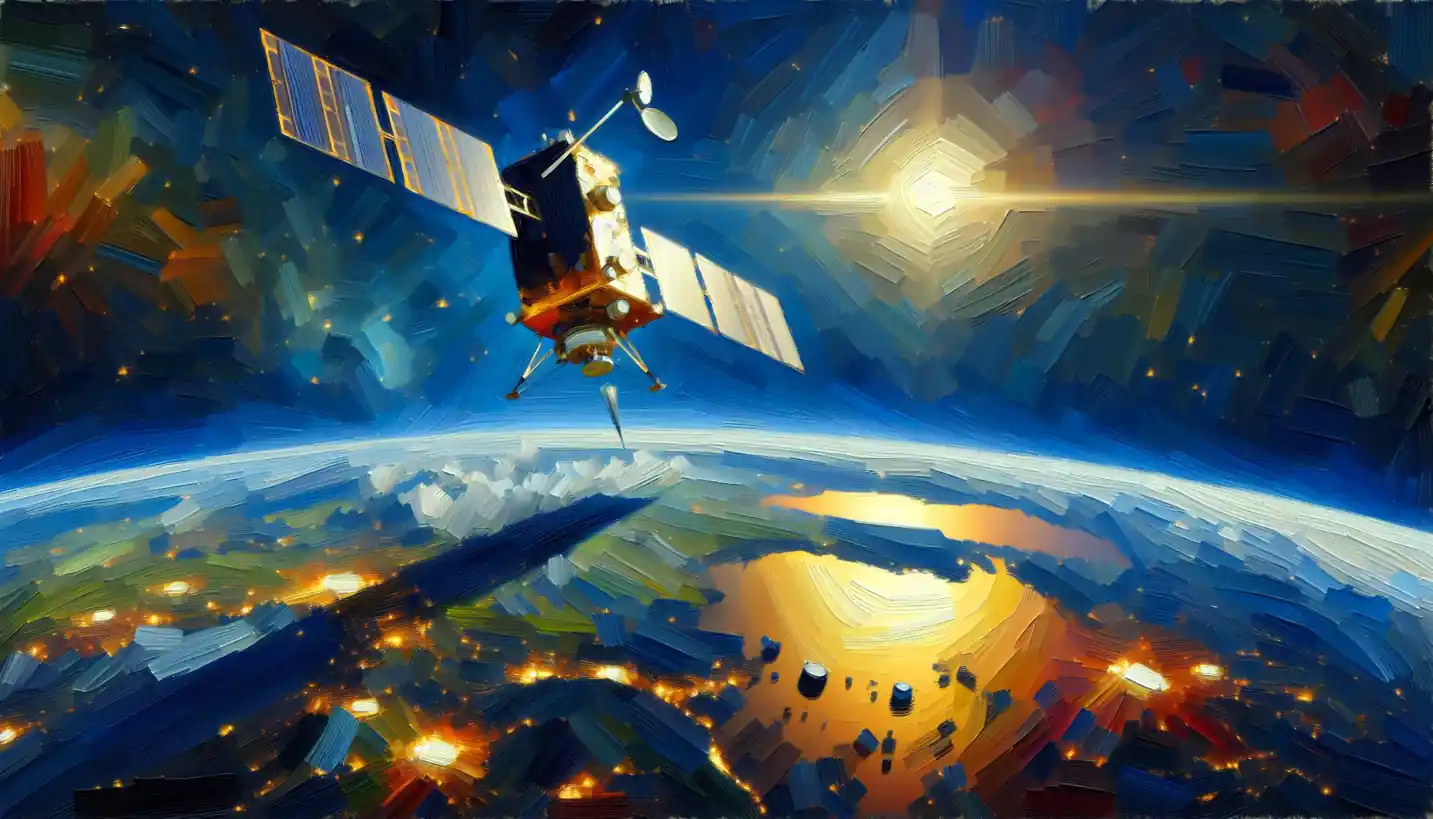· Engineering · 3 min read
Tidal Energy: Harnessing the Ocean's Power
Tidal energy taps into the ocean's immense power to produce renewable electricity. Journey into how this reliable source of energy is transforming the green landscape.

Tidal energy may seem like a futuristic concept, but it’s actually rooted in age-old observations of the sea’s rhythmic dance. Picture the moon pulling on the Earth’s oceans like an invisible hand, creating tides that rise and fall with unwavering reliability. This natural spectacle has inspired innovative minds to think, “What if we could capture this power?”
Tidal energy is a remarkable form of renewable energy that taps into the ocean’s tides. Unlike the wind or sun, which can be fickle, tides are highly predictable, making them a reliable source of power. The secret lies in the gravitational interactions between the Earth, moon, and sun, which create these predictable movements of water. Let’s dive deeper into how this works and why it matters.
When it comes to tidal energy, there are a few different techniques in play. One typical approach involves something called a tidal barrage. Picture a dam, not on a river, but spanning a tidal estuary. As the tide flows in and out, it turns turbines within the barrage, generating electricity. Think of it like a giant water wheel being turned by the ocean itself.
Another innovative method uses underwater turbines, akin to wind turbines but placed beneath the sea surface. These tide farms capture the kinetic energy of rushing water as tides move in and out. Because water is much denser than air, these turbines can generate significant power even at lower speeds.
But why is tidal energy so important? For starters, it’s incredibly consistent. Unlike solar or wind energy, which can vary with weather conditions, tidal forces operate according to precise, predictable cycles. This reliability allows for better planning and integration into the energy grid.
Moreover, tidal energy is clean. It doesn’t spew carbon emissions into the atmosphere or deplete finite resources. At a time when the world is grappling with climate change and its effects, tapping into a renewable and environmentally-friendly energy source is a significant step in the right direction.
However, the integration of tidal energy isn’t without its challenges. Building and maintaining tidal power systems can be costly. The harsh marine environment also poses technical challenges—saltwater is corrosive, and the immense force of moving water can wear down machinery. Engineers are continuously innovating new materials and designs to tackle these issues.
There’s also the consideration of environmental impact. While tidal energy is much gentler on the planet than fossil fuels, there can be effects on local ecosystems. Habitats can be disturbed, and changes in water flow can affect marine life. However, careful site assessments and advances in technology aim to balance energy production with ecological considerations.
The potential for growth in tidal energy is enormous. Many coastal nations are considering or actively investing in tidal technology. One of the most famous tidal power stations is in France, the Rance Tidal Power Station, which has been operational since the 1960s. It serves as a testament to what’s possible when harnessing the power of tides.
Looking forward, researchers are exploring newer technologies like dynamic tidal power and tidal lagoons, which promise to increase efficiency and lower costs. These emerging technologies might represent the next wave of innovation in this field. Imagine coastal regions powered predominantly by the movement of tides—a tantalizing possibility for the future.
To sum up, tidal energy embodies the ingenuity of human beings working in harmony with the planet’s natural rhythms. It’s a field filled with promise—one that could contribute significantly to a sustainable energy future. As we continue to explore and expand its potential, tidal energy may well become a cornerstone of the renewable energy landscape, helping us transition to a cleaner and more reliable energy world.


